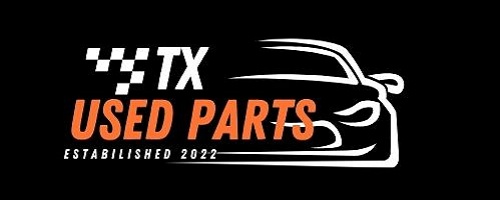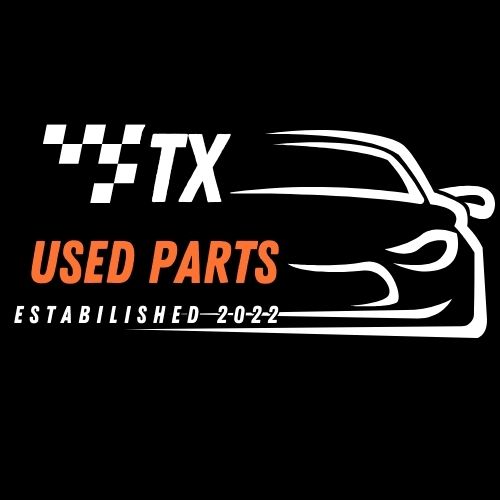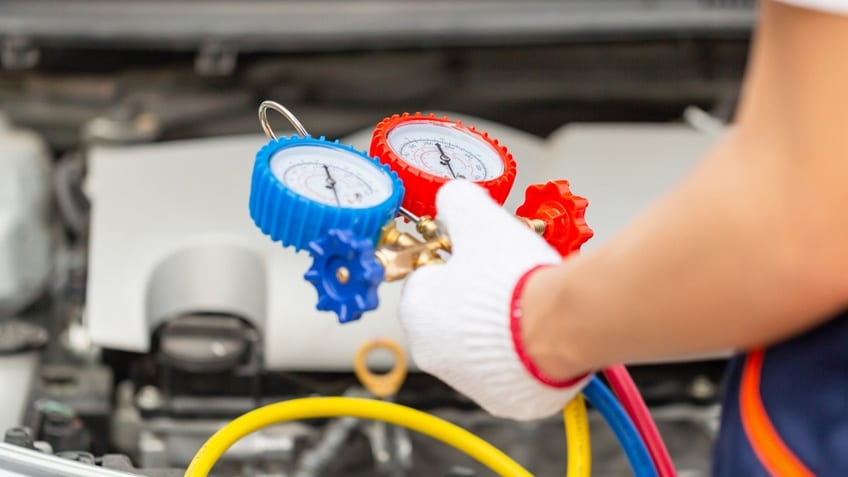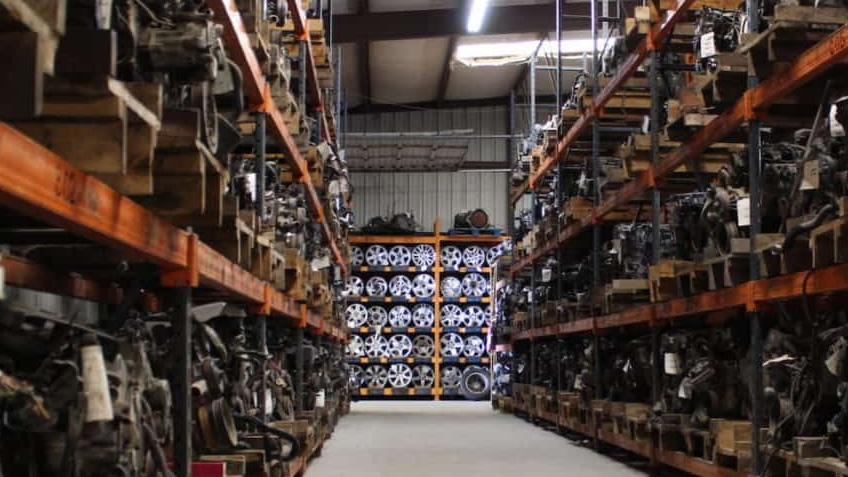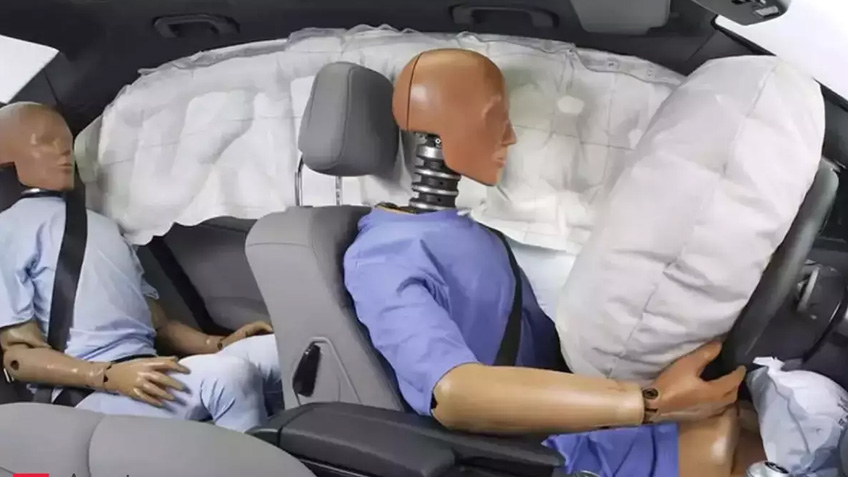Used A/C Parts 101: Compressors, Condensers and More
When Jessica’s car A/C stopped working in the middle of a hot Texas summer she had a tough decision to make. Replacing the whole air conditioning system seemed too expensive but she wasn’t ready to sweat through her commutes. That’s when she found a cost effective solution: buying used A/C parts. She learned that components like compressors, condensers and more could be found used for a fraction of the cost. Now her A/C is working again and she’s seen the value in this often overlooked market.
For many like Jessica used A/C parts are an affordable and reliable way to keep your vehicle cool. Whether you’re on a budget or want to contribute to a more sustainable automotive environment buying used car parts and Buy Used Air bags may be the way to go. This article will cover everything you need to know from the basics of the parts like compressors and condensers to inspecting and sourcing them.
The Rise of Used A/C Parts
As vehicle air conditioning systems get more complex replacing faulty components can cost an arm and a leg. But the market for used A/C parts is growing and it’s all about the cost and sustainability. The availability of second-hand and refurbished A/C parts has increased in recent years mainly due to their cost effectiveness and the environmental sustainability. Buying pre-owned air conditioning parts saves you money and reduces waste it’s a win-win for your wallet and the planet.
Parts You Can Buy Used
There are several A/C components that are commonly bought and sold in the used parts market. These include:
A/C Compressors
The compressor is often referred to as the “heart” of the A/C system as it pumps the refrigerant through the system. Used compressors are the most sought after parts because they’re so expensive new.
What to look for: When buying a used A/C compressor make sure it’s been tested for proper function. Look for any signs of wear like leaks or damage to the compressor clutch. The compressor should have proper refrigerant flow and cooling cycle efficiency.
A/C Condensers
The condenser is responsible for dissipating heat so the refrigerant can cool down and cycle back into the system. Used condensers are a popular choice for car owners looking to fix their A/C systems cheaply.
- What to look for: Look for bent or blocked fins on the condenser. Proper heat exchange is key so make sure the condenser is clean and free of corrosion.
Evaporators, Fans, and Other Bits
Compressors and condensers are the main parts but other A/C parts like evaporators, fans and expansion valves can also be bought. Each part plays a role in the system and used parts can perform just as well if sourced from a reliable seller.
How to Inspect Used A/C Parts Before Buying
Before you buy make sure to inspect the used A/C parts thoroughly to ensure they are in good condition. Here are some tips to avoid buying defective or damaged parts:
- Visual Inspection – Look for visible signs of wear like rust, cracks or excessive dirt buildup.
- Pressure Test – Make sure the part has been pressure tested to ensure no leaks or refrigerant flow issues.
- Noise Test – For compressors listen for unusual noises when running. Grinding or rattling means internal damage.
- Electrical Testing – For A/C fans and sensors ensure all electrical connections are intact and working.
If you’re not comfortable inspecting parts yourself you can get help from a trusted source like TX Used Car Parts which specializes in providing high quality used car parts. Whether you need a compressor, condenser or other A/C parts TX Used Car Parts has a wide selection of parts all inspected and ready to use.
Where to Buy Used A/C Parts
When buying used A/C parts you need to find a trusted seller to ensure you’re getting good quality parts. Here are some places to look for used A/C parts:
- Junkyards and Salvage Yards – Local junkyards are a goldmine for affordable used A/C parts especially for older vehicle models.
- Online Marketplaces – Websites like eBay and Craigslist have a lot of second hand A/C parts but buyer beware – make sure you’re buying from a reputable seller.
- Certified Sellers – Companies like TX Used Car Parts sell certified pre-owned parts, each part is inspected for quality and functionality. At TX Used Car Parts you can find A/C parts from compressors to condensers at affordable prices. Plus they can help you find the part for your vehicle.
Benefits of Buying Used A/C Parts
Here are a few:
Price Reductions
Buying used A/C parts is the most obvious way to save. New A/C parts can be costly but buying second hand can save you 50% or more depending on the part and condition.
Environmental Impact
Choosing used parts reduces waste and the need for new parts which means less raw materials and energy is consumed. So used A/C parts are the more sustainable option for the eco-conscious consumer.
Hard to Find Parts
For older vehicles finding new parts can be a challenge. Many car owners turn to refurbished A/C components because they are often easier to find for discontinued models.
Used A/C Compressors Common Problems and How to Avoid Them
While buying a used A/C compressor will save you money, there are risks involved if you’re not careful. Some common problems are:
- Oil Contamination: If the previous owner didn’t maintain their A/C system the contaminants can build up in the compressor.
- Mechanical Wear: Look for internal damage such as a failing compressor clutch or bearings.
To avoid these problems buy from a reputable seller like TX Used Car Parts where every component is inspected for wear and tear and tested to work.
How to Refurbish Used A/C Parts for Better Performance
In some cases you might want to go the extra mile and refurbish your used A/C parts to get the most out of them. Here’s how:
- Clean the Condenser Fins – Use a fin comb to straighten and clean the condenser fins for better airflow and heat transfer.
- Flush the System – Flush the refrigerant lines or components to remove old oil and contaminants.
- Replace Small Parts – Replace cheap parts like O-rings and seals to prevent future leaks.
Environmental Impact of Buying Used A/C Parts
Buying used A/C parts isn’t just a cost savings; it’s also a way to reduce your carbon footprint. Manufacturing new car parts consumes a lot of energy and resources and pollutes the environment. By buying used parts you conserve these resources and reduce waste. Many parts from older vehicles can be re-purposed so less parts end up in landfills. So next time you need to replace a part think about the sustainability of buying used A/C parts from a reputable source like TX Used Car Parts.
Conclusion: Why Used A/C Parts Are a Smart Choice
Whether you’re replacing a faulty compressor or upgrading your A/C system, used A/C parts offer an affordable and reliable solution. By purchasing pre-owned components, you can save money, reduce waste, and help sustain the environment. For the best results, always ensure that you’re buying from trusted sources like TX Used Car Parts, where quality is guaranteed. Not only do they offer a wide selection of used A/C parts, but they also provide expert support to help you find exactly what you need to keep your vehicle cool, even in the hottest Texas summers.
